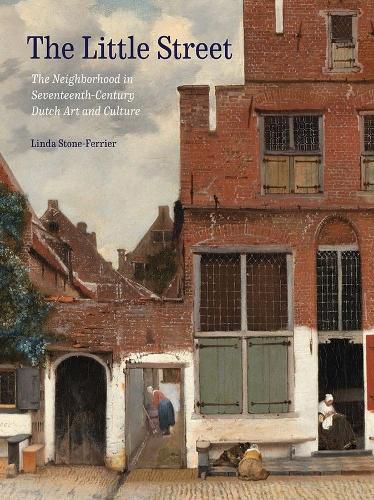Readings Newsletter
Become a Readings Member to make your shopping experience even easier.
Sign in or sign up for free!
You’re not far away from qualifying for FREE standard shipping within Australia
You’ve qualified for FREE standard shipping within Australia
The cart is loading…






The neighborhood was a principal organizing structure of Dutch cities in the seventeenth century, and each had its own regulations, administrators, social networks, events, and diverse population of residents. Linda Stone-Ferrier argues that this sense of community contributed to the steady demand for pictures portraying aspects of this culture. These paintings, by such artists as Jan Steen and Pieter de Hooch, reinforced the role and values of the neighborhood. Through close readings of such works-by Steen and De Hooch and, among others, Gerrit Dou, Gabriel Metsu, Jacob van Ruisdael, and Johannes Vermeer-Stone-Ferrier deftly considers social history, urban studies, anthropology, and women’s studies in this penetrating exploration. Her new interpretations of seventeenth-century Dutch painting across genres-scenes of streets, domesticity, professions, and festivity-challenge existing paradigms in Dutch art history.
$9.00 standard shipping within Australia
FREE standard shipping within Australia for orders over $100.00
Express & International shipping calculated at checkout
The neighborhood was a principal organizing structure of Dutch cities in the seventeenth century, and each had its own regulations, administrators, social networks, events, and diverse population of residents. Linda Stone-Ferrier argues that this sense of community contributed to the steady demand for pictures portraying aspects of this culture. These paintings, by such artists as Jan Steen and Pieter de Hooch, reinforced the role and values of the neighborhood. Through close readings of such works-by Steen and De Hooch and, among others, Gerrit Dou, Gabriel Metsu, Jacob van Ruisdael, and Johannes Vermeer-Stone-Ferrier deftly considers social history, urban studies, anthropology, and women’s studies in this penetrating exploration. Her new interpretations of seventeenth-century Dutch painting across genres-scenes of streets, domesticity, professions, and festivity-challenge existing paradigms in Dutch art history.